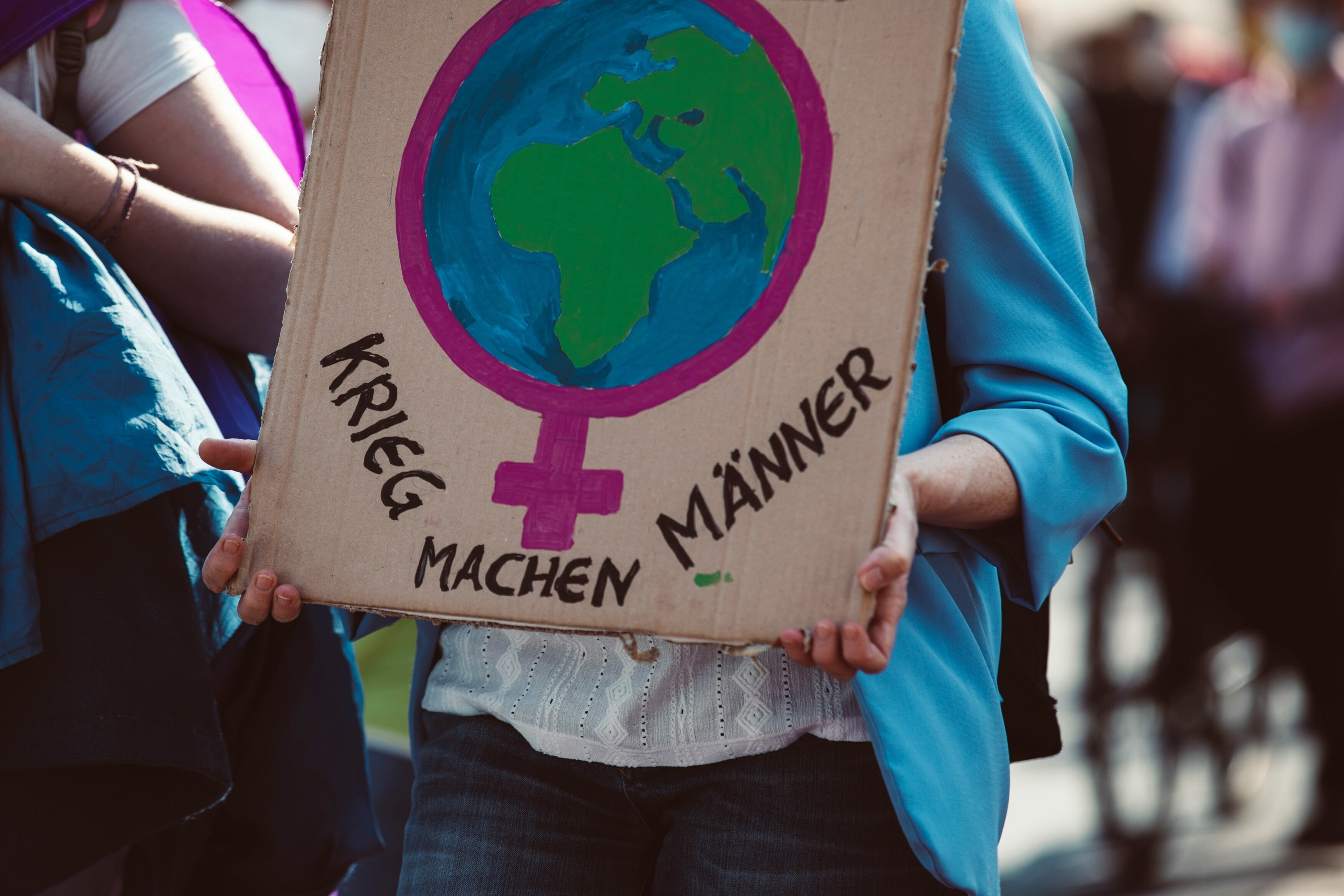What is the gender gap and why is it important? Measuring progress for International Women’s Day

Progress to bridge the gender gap is critical, though slow, and might not be attained for more than a century.
Image: UNSPLASH/LinkedIn Sales Solutions
Stay up to date:
Education, Gender and Work
Listen to the article
- The World Economic Forum’s Global Gender Gap Report measures the number of years it will take to achieve gender parity.
- The gender gap in Political Empowerment is the largest of the four areas tracked.
- The findings underscore the importance of International Women's Day on 8 March; this year’s theme is #BreakTheBias.
“If you can't measure it, you can't manage it,” so goes the adage, often attributed to management consultant Peter Drucker.
And this International Women's Day, being able to measure and monitor the progress toward gender parity is more important than ever; as the quest for equality continues to garner attention, it’s important to understand whether actual progress is being made.
What is the Global Gender Gap Index?
The World Economic Forum’s Global Gender Gap Index began in 2006 and provides an annual assessment of the distance to gender parity that allows for cross-country comparisons and time-series analysis.
What's the World Economic Forum doing about the gender gap?
Based on four sub-indexes that chart economic participation and opportunity, education, health and political empowerment, the index is designed to measure gender-based gaps in access to resources and opportunities, rather than the actual levels of the available resources and opportunities, which relate to wealth levels in each country.

Understanding how wide the gaps are and which area they are in can also help policy makers to prioritize the most effective policies to close them. Iceland was the most gender-equal country in the world for the 12th time, according to the 2021 Index.
Globally, the average distance completed to parity was 68% in the 2021 report, a small step back compared to 2020 - with the gap widening by 0.6 percentage points. That means on the current trajectory, it will take 135.6 years to close the gap worldwide.
Why is understanding the gender gap important?
The persistence of gender bias is one of the themes in the Forum’s Gender Gap report, and bias has been shown to exist in many areas, including in STEM subjects, where women have made progress but are still less likely to pursue a career or be paid equally to their male counterparts.
Understanding that the gap is unlikely to be closed for well over a hundred years underscores the need for initiatives like International Women's Day (IWD). Held every year on 8 March, the day raises awareness about women’s issues and lobbies for more policies to bolster equality. This year’s theme is #BreakTheBias.

How does the gender gap impact leadership roles?
The Forum’s index outlines how far there is to go in each of the four sub indexes that it charts. Political Empowerment is the area where there is most work to do, with just 22% of the gap closed to date. That means that women have a long way to go to be equally included in political life. Across the 156 countries tracked, women represent 26% of about 35,500 parliament seats and around 23% of more than 3,400 ministers worldwide.
In 81 (over half) of the countries included in the report, there has never been a woman head of state.
Economic Participation and Opportunity is the second-largest of the four gaps. On the one hand, the proportion of women among skilled professionals continues to increase, but on the other, overall income disparities are only part-way to being bridged and there is a lack of women in leadership positions.
Where has progress been made?
Gender gaps in the other two indexes: Educational Attainment and Health and Survival are nearly closed. In Educational Attainment, 95% of the gap has been closed globally and the figure is 96% for Health and Survival.
“There's no place for complacency,” the IWD website says. “Gender parity will not be attained for almost a century. There's urgent work to do - and we can all play a part.”
Accept our marketing cookies to access this content.
These cookies are currently disabled in your browser.
Don't miss any update on this topic
Create a free account and access your personalized content collection with our latest publications and analyses.
License and Republishing
World Economic Forum articles may be republished in accordance with the Creative Commons Attribution-NonCommercial-NoDerivatives 4.0 International Public License, and in accordance with our Terms of Use.
The views expressed in this article are those of the author alone and not the World Economic Forum.
Forum Stories newsletter
Bringing you weekly curated insights and analysis on the global issues that matter.
More on Equity, Diversity and InclusionSee all
Marielle Anzelone and Georgia Silvera Seamans
October 31, 2025
Alex Fergnani
October 14, 2025
Puja Raghavan and Ana Peruci Pansani
October 13, 2025
Xu Qinyi
October 10, 2025
Joan-Paula Bor and Kathleen Schmeler
October 6, 2025






